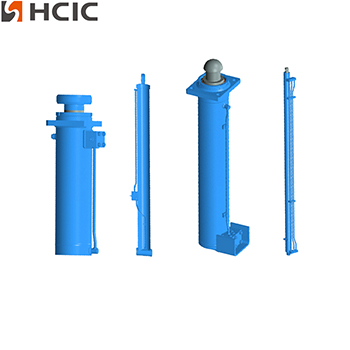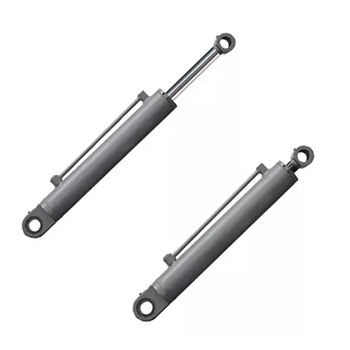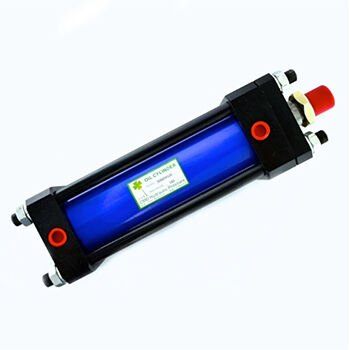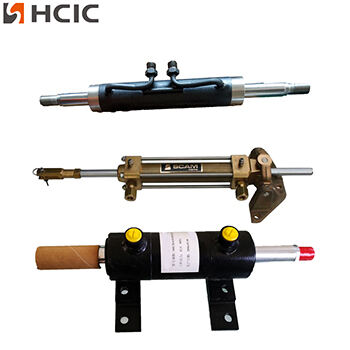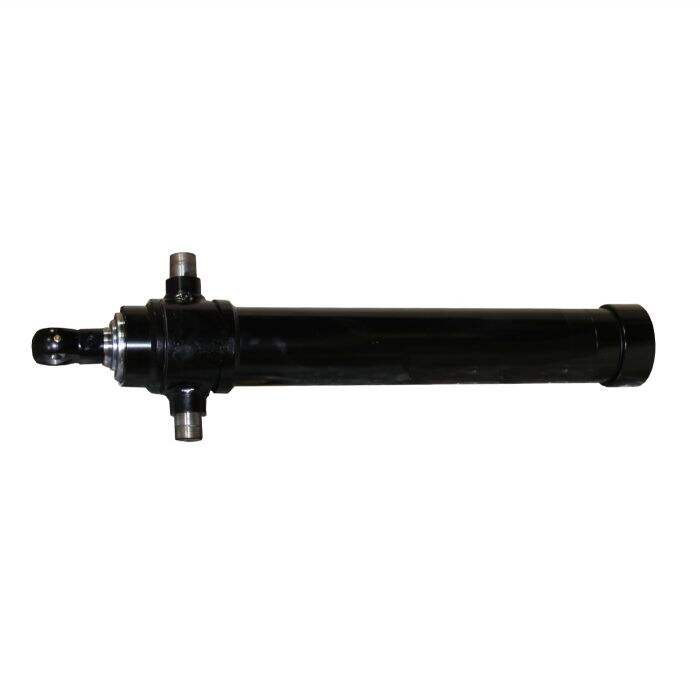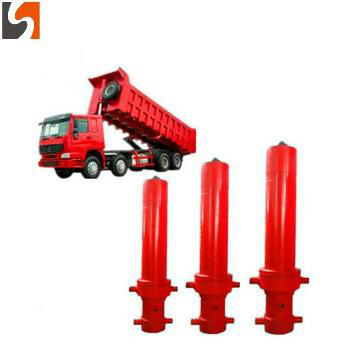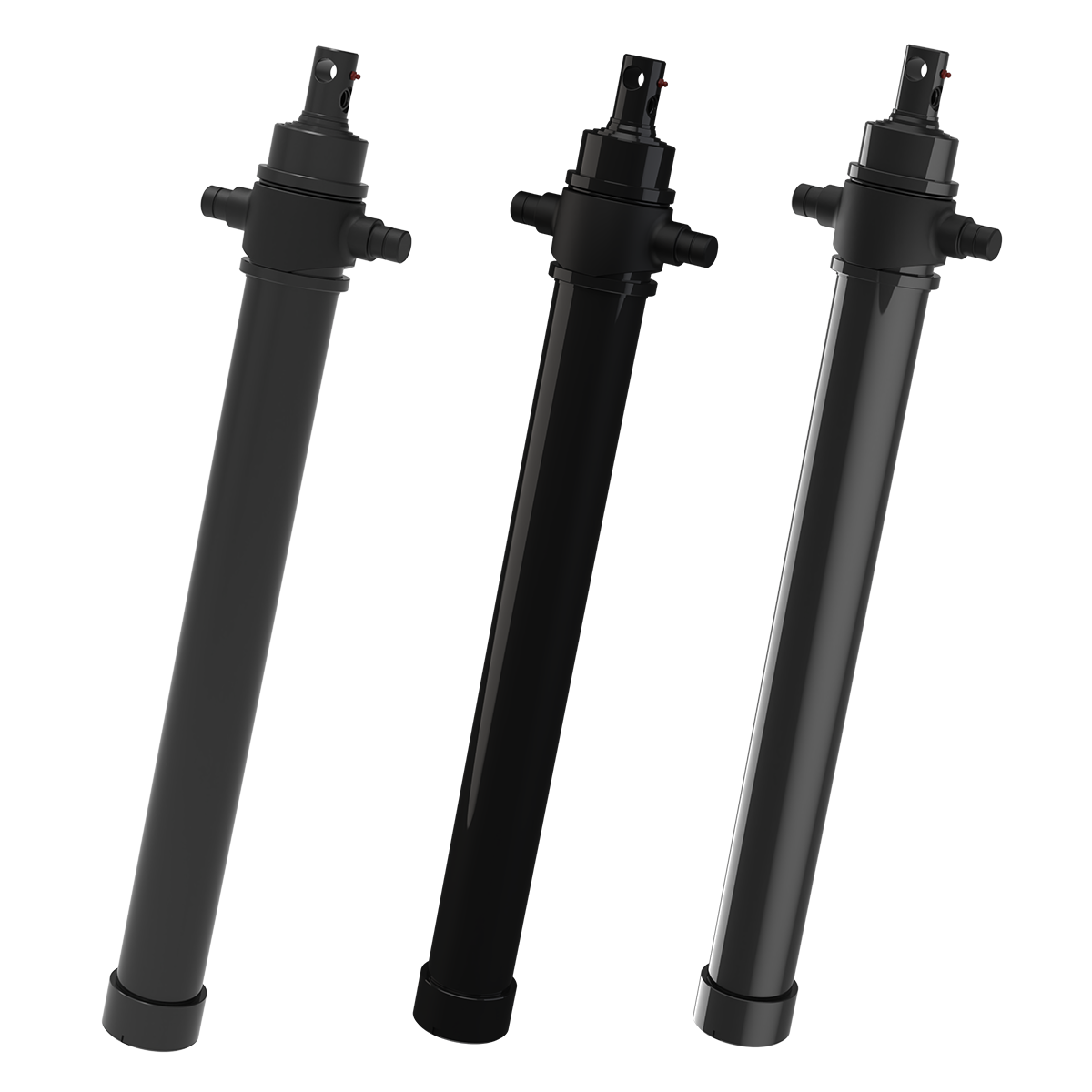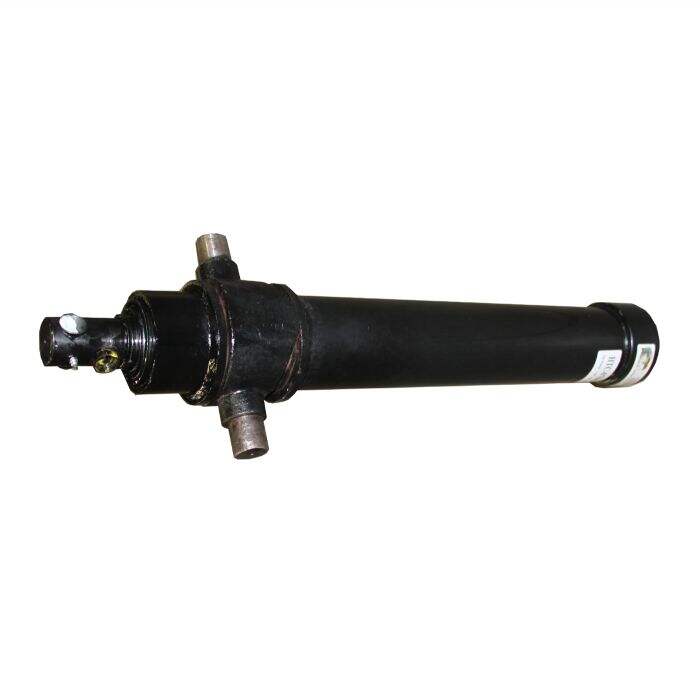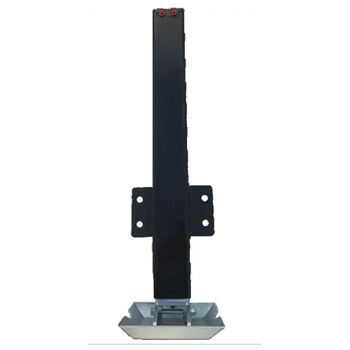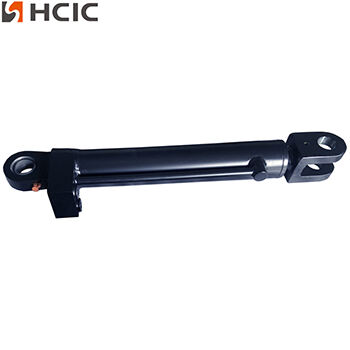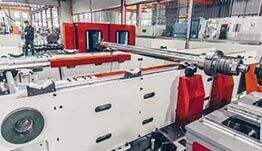Types of hydraulic cylinders
Classification of Hydraulic Cylinders by Structure
Hydraulic cylinders can be classified based on their structural design, which influences their performance, application, and maintenance requirements. Here are the main types:

1. Tie-Rod Cylinders
Tie-rod cylinders are commonly used in industrial applications. They are characterized by the use of high-strength threaded steel rods to hold the end caps to the cylinder barrel. This design allows for easy dis assembly and maintenance.
- Advantages:
- Easy to assemble and disassemble.
- Cost-effective for medium to light-duty applications.
- Standardized sizes and components.
- Applications:
- Manufacturing machinery.
- Industrial automation.
- Agricultural equipment.
2. Welded Body Cylinders
Welded body cylinders have a barrel welded directly to the end caps, providing a more compact and robust design. They are often used in mobile equipment due to their ability to withstand higher pressures and harsh environments.
- Advantages:
- Compact design suitable for space-constrained applications.
- Higher pressure ratings compared to tie-rod cylinders.
- Longer service life due to the robust construction.
- Applications:
- Construction machinery.
- Mobile equipment.
- Heavy-duty industrial applications.
3. Telescopic Cylinders
Telescopic cylinders, also known as multi-stage cylinders, consist of multiple nested tubes that extend sequentially. This design allows for a long stroke from a compact retracted length, making them ideal for applications requiring long reach.Structure and Operation
Telescopic cylinders consist of multiple nested tubes, or stages, that extend sequentially. Here’s a detailed look at their structure and operation:
Stages: Each stage is a hollow tube that fits inside the next larger tube. The largest stage is the outermost, and the smallest stage is the innermost.
Piston and Rod: The piston is attached to the rod, which extends through the stages. As hydraulic fluid is pumped into the cylinder, it pushes the piston, causing the stages to extend.
Extension Sequence: The extension sequence typically starts with the largest stage and progresses to the smallest. This sequence ensures that the cylinder can handle the load efficiently as it extends.
Retraction Sequence: When retracting without a load, the sequence is generally from the smallest stage to the largest. This helps maintain stability and control during retraction.
- Advantages:
- Long stroke capability.
- Compact when retracted.
- Suitable for applications with limited space.
- Applications:
- Dump trucks.
- Lifting equipment.
- Agricultural machinery.
4. Plunger Cylinders
Plunger cylinders, also known as ram cylinders, have a simple design with a single-acting configuration. They are typically used for pushing applications where the return stroke is handled by external forces like gravity or a load.
- Advantages:
- Simple and robust design.
- High force output.
- Cost-effective for specific applications.
- Applications:
- Hydraulic presses.
- Jacks.
- Heavy lifting equipment.
5. Differential Cylinders
Differential cylinders have a piston rod that extends through both ends of the cylinder, allowing for equal force in both directions. This design is used in applications requiring precise control and balanced force.
- Advantages:
- Balanced force in both directions.
- Precise control over movement.
- Suitable for applications requiring equal push and pull forces.
- Applications:
- Industrial automation.
- Robotics.
- Precision machinery.
6. Rephasing Cylinders
Rephasing cylinders are designed to synchronize the movement of multiple cylinders in a series circuit. They incorporate internal bypasses to ensure that all cylinders extend and retract uniformly.
- Advantages:
- Synchronization of multiple cylinders.
- Improved control over complex systems.
- Suitable for applications requiring coordinated movement.
- Applications:
- Agricultural equipment.
- Construction machinery.
- Industrial systems.
Conclusion
Understanding the different structural classifications of hydraulic cylinders helps in selecting the right type for specific applications. Each type offers unique advantages and is suited for various industrial, mobile, and heavy-duty applications. HCIC is a professional hydraulic manufacturer, mainly engaged in hydraulic system design, manufacture, installation, transformation, commissioning and hydraulic components brand sales and technical services.We hope that our product can help to save your cost and improve your quality. For More details please email us "[email protected]" or google search "HCIC hydraulic"

 EN
EN
 AR
AR
 BG
BG
 HR
HR
 CS
CS
 DA
DA
 NL
NL
 FI
FI
 FR
FR
 DE
DE
 EL
EL
 HI
HI
 IT
IT
 JA
JA
 KO
KO
 NO
NO
 PL
PL
 PT
PT
 RO
RO
 RU
RU
 ES
ES
 SV
SV
 CA
CA
 TL
TL
 IW
IW
 ID
ID
 LV
LV
 LT
LT
 SR
SR
 SK
SK
 UK
UK
 VI
VI
 HU
HU
 TH
TH
 TR
TR
 FA
FA
 MS
MS
 GA
GA
 CY
CY
 KA
KA

